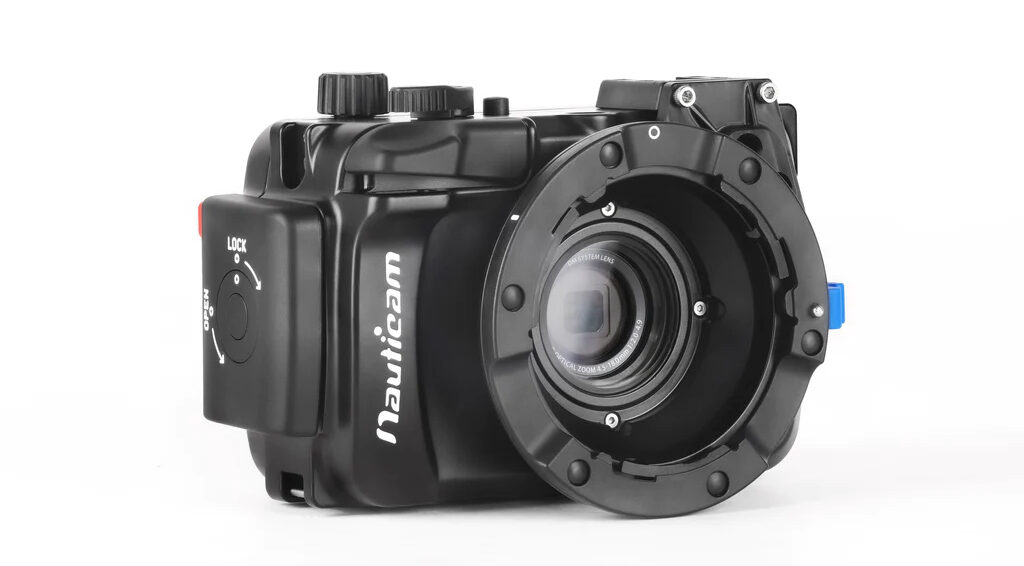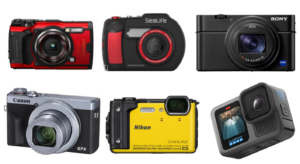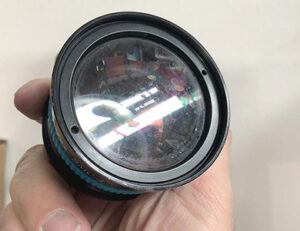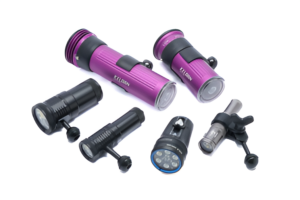Overview
It’s a whole new world of vibrant coral reefs, exotic marine life, and stunning scenery underwater. To freeze such a wonderful scene, you need the right protection for your camera against water, pressure, and even some types of unwanted accidents. Choosing the Right Housing for Your Underwater Camera is vital to ensure safe and high-quality photography underwater. Selecting the correct camera housing for your shot will help you achieve the best results. In this article, we will discuss the types of housings available, important features to look out for, and further accessories that enhance underwater shooting.
Why Camera Housings Are So Important for Underwater Photography
A normal camera would die in a flash if submerged in water without protection. The housing is essentially a specialized enclosure that enables your camera to be used safely at different levels underwater by creating a waterproof seal around it. This shield not only prevents the ingress of water but also guards against pressure changes, physical damage, and the corrosive action of saltwater. You can comfortably take your camera into extreme conditions in underwater environments-from shallow snorkeling spots to deep sea dives-with the right housing.
Types of Underwater Camera Housings
There exist two main categories of camera housings for underwater photography, each with its share of characteristics and advantages. The right choice depends on the needs of the photographer, the style practiced, the depth where photos are needed to be taken, and one’s budget.
Polycarbonate Housings
- Lightweight and Portable: Polycarbonate housings are easy to handle and carry, perfect for travel and recreational use.
- Affordable: They’re generally more cost-effective than other options, making them an excellent choice for beginners.
- Moderate Depth Capability: These housings are suitable for snorkeling, swimming, and moderate-depth dives but may not withstand extreme depths.
Best For: Polycarbonate housings are ideal for hobbyists, vacationers, and new underwater photographers looking for an affordable, practical solution.
Aluminum Housings
Aluminum housings are built to last longer, and most pro photographers swear by them. High-depth submersible constructions are made of corrosion-resistant metal capable of sustaining depth pressure and can be stretched down to over 300 feet.
- High Durability: Aluminum casings provide a high degree of resistance to impacts, pressure, and corrosion.
- Superior Depth Capability:Rated for deep dives, such casings are indispensable to anyone who is serious about photography and videography in tricky environments.
- Precision Engineering: Aluminum housings often come with enhanced controls for better usability, giving photographers access to manual adjustments without sacrificing water resistance.
Best For: Professionals and serious amateurs who demand the highest degree of durability and depth capacity for use in advanced underwater photography.
Key Features to Look for in Underwater Camera Housings
When choosing a housing, it’s essential to consider specific features that will enhance usability, protection, and image quality.
- Depth Rating: Ensure the housing’s depth rating matches or exceeds your planned dive depth. Polycarbonate housings typically support up to 100 feet, while aluminum models can go deeper.
- Ergonomic Design: Controls should be easily accessible even with gloves. Look for housings with intuitive button layouts, which help you adjust settings quickly while underwater.
- Lens Port Compatibility: Verify that the housing can support various lens ports. This is particularly important if you plan to use wide-angle or macro lenses, as the right port can improve image quality and prevent vignetting.
- Anti-Fogging Measures: Many housings include moisture-absorbing inserts or anti-fog coatings. These are essential for preventing condensation inside the housing, which can obscure your shots.
Essential Accessories for Underwater Camera Housings
Accessorizing will vastly extend your control, comfort, and image quality both in and out of the water. Following is a list of highly recommended accessories:
Port Extensions
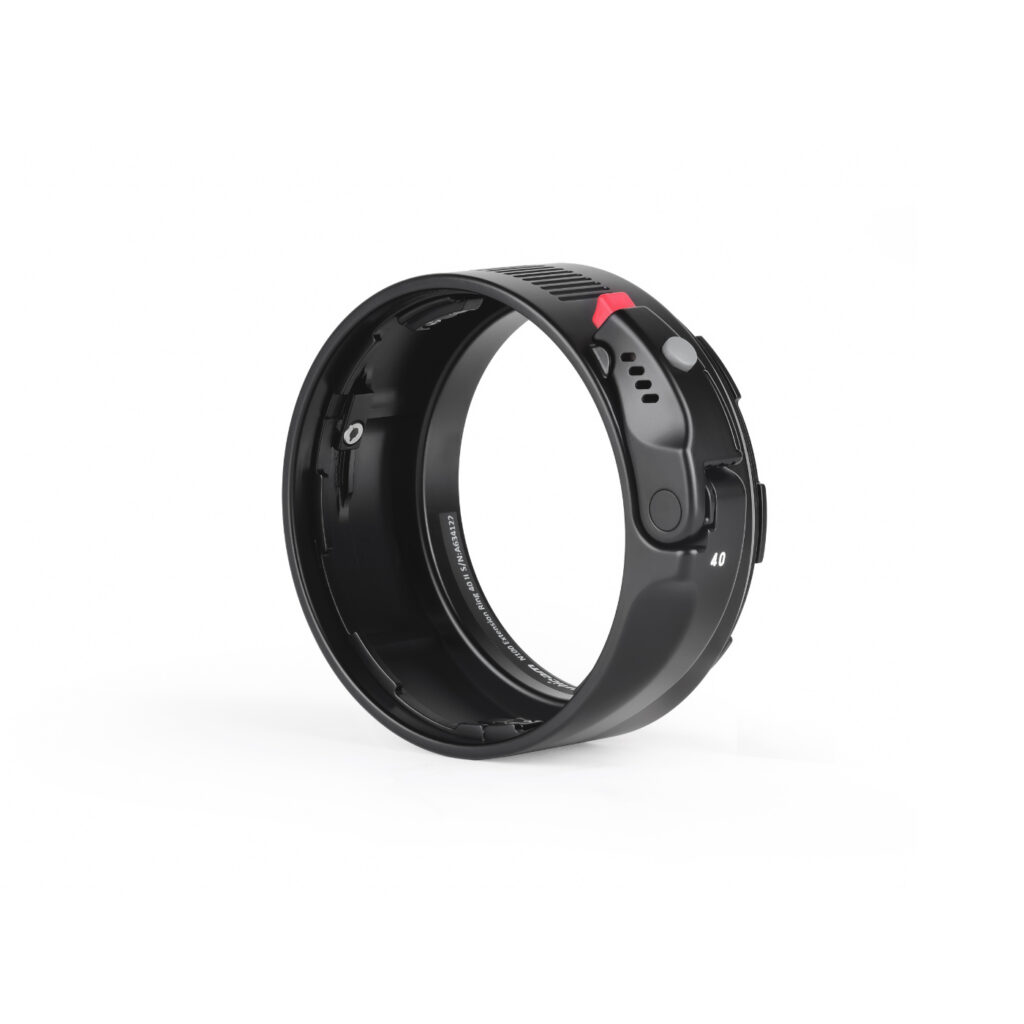
The port extension allows for the use of wider lenses, such as fisheye and wide-angle lenses. These are essential in capturing larger scenes underwater. Be sure to purchase an extension compatible with your housing brand and model.
- Find Port Extensions
Handles and Trays
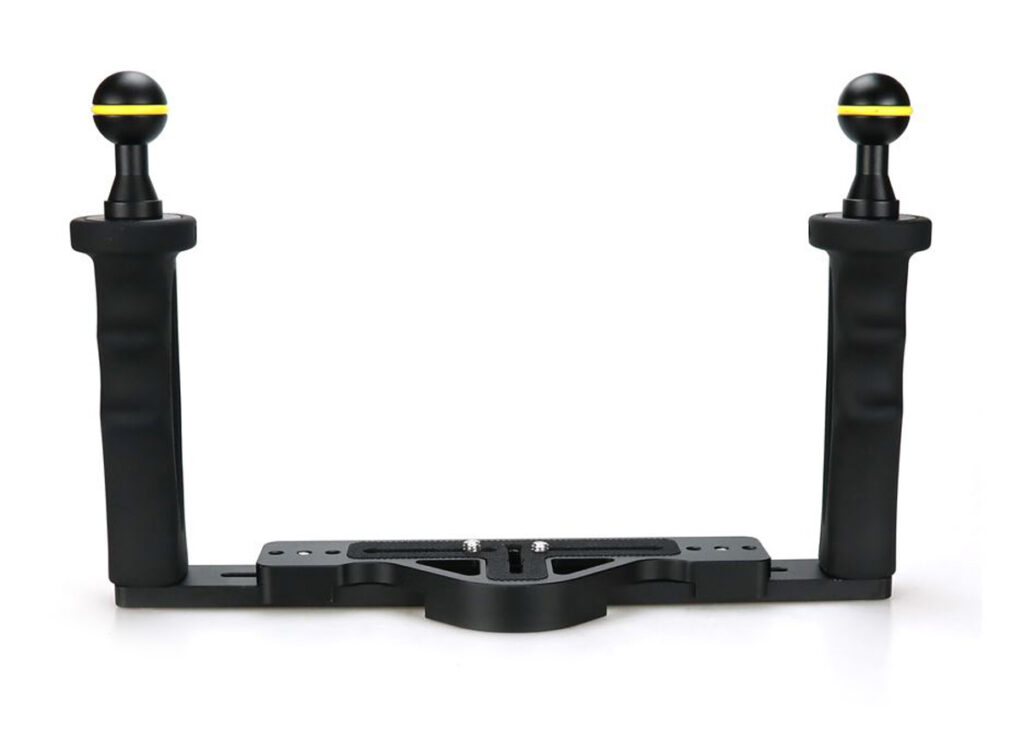
Handles and trays provide stability when shooting underwater, especially in currents. This allows much finer control over the camera to help reduce blur and improve shot composition. A tray with dual handles also makes it easier to balance external lighting if you use strobes or video lights.
- Find Tray Systems
Viewfinders and Waterproof Monitors
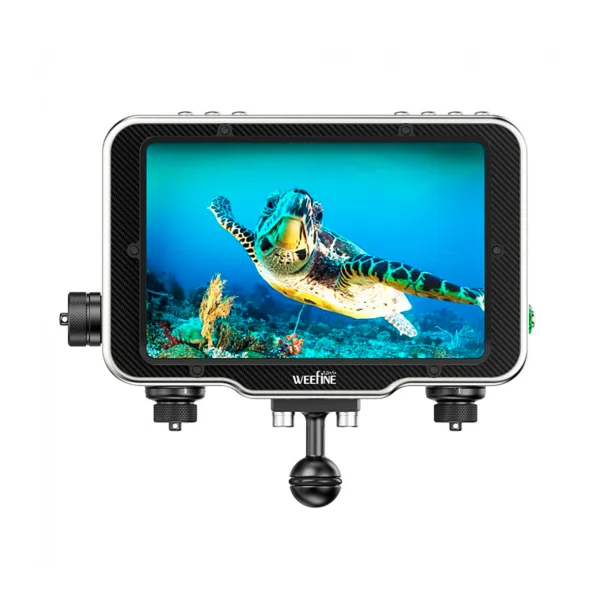
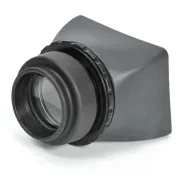
A viewfinder or monitor attachment provides an increase in visibility for ease of framing the shots and checking the focus underwater, which can be very useful during low light conditions or when shooting with larger-sized housings.
- Find Viewfinders & Waterproof Monitors
Dome Ports
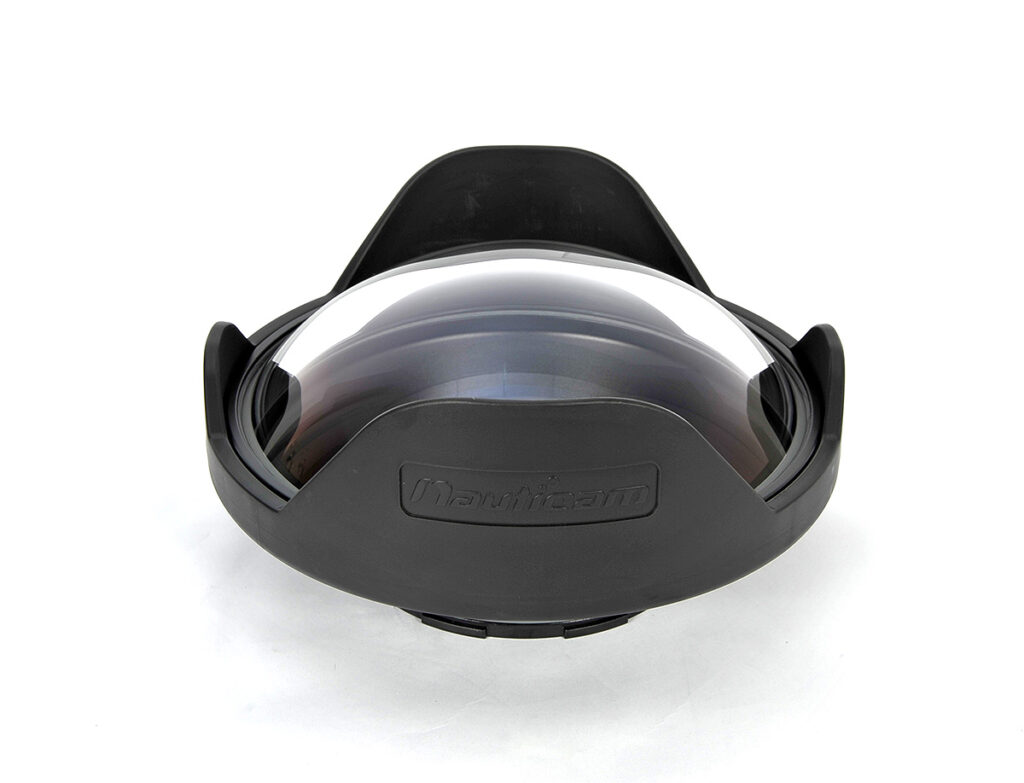
The dome port is an ideal solution for wide-angle shots and over-under photos-half-in, half-out of the water. Because of the dome shape, refraction problems become minimal, enhancing clarity, allowing better images in water and air mixtures.
Moisture Absorbers
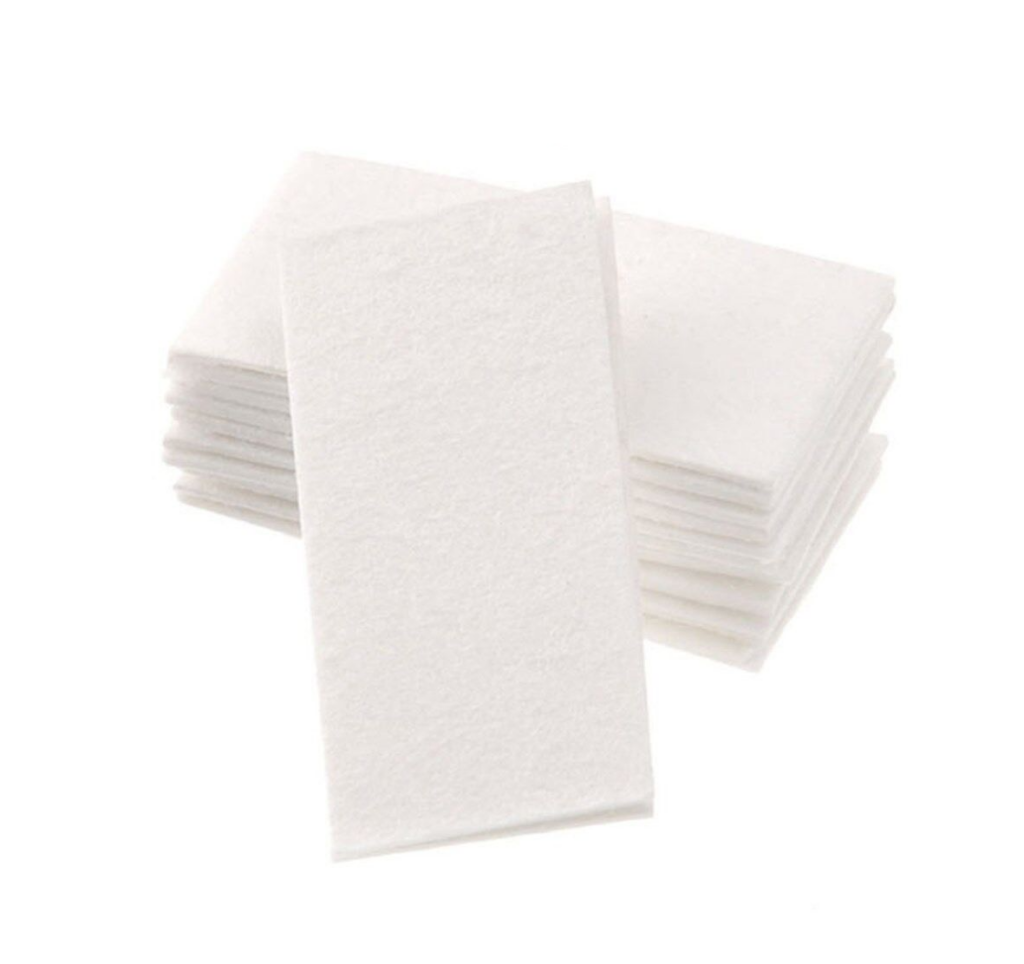
These inserts absorb moisture, preventing the condensation of water inside the housing. Inexpensive but very important accessory when diving in cold waters or where temperature changes occur. We have an article on that: Fogging in Underwater Housings: Causes and Solutions
- Find Absorbent Strips
Comparison: Polycarbonate vs. Aluminum Housings
| Feature | Polycarbonate Housing | Aluminum Housing |
|---|---|---|
| Material | Lightweight polycarbonate | Corrosion-resistant aluminum |
| Cost | Affordable | Higher cost, premium quality |
| Depth Rating | Typically up to 100 feet | Up to 300+ feet |
| Durability | Good for recreational use | Excellent, withstands impact and wear |
| Ideal For | Entry-level, leisure photographers | Professional, deep-water photographers |
Tips for Maintaining Your Camera Housing
Proper maintenance is crucial to keep your underwater housing functional and leak-free. Here are some tips to prolong the lifespan of your equipment:
- Rinse with Fresh Water After Use: Immediately following a dive, be it morning, noon, or night, make sure to rinse off your housing in fresh water. If possible, immediately soak your housing in a bucket of freshwater to remove all accumulated salt, sand, and other kinds of residue that may have harmful long-term effects.
- Check O-Rings Regularly: These are the most important parts for a waterproof seal. Always clean and grease them to prevent leakage. Immediately replace any damaged O-ring.
- Dry Carefully Before Opening: At the end of a dive, dry the housing as much as possible before opening it. This prevents water from rushing in when you get the camera back.
- Store in a Cool, Dry Place: When not in use, your housing should be stored in a cool and dry place to prevent the accumulation of moisture that might degrade the material.
FAQs
What is the best type of housing for beginners?
For beginners, polycarbonate housings are typically the best choice. They are affordable, lightweight, and user-friendly, making them ideal for entry-level photographers who plan to explore shallow depths.
How do I know if a housing is compatible with my camera?
Each housing model is typically designed to fit specific camera models. Check the manufacturer’s compatibility list, or look for housings designed for your camera’s make and model to ensure a proper fit.
Can I use the same housing for different lenses?
Many housings offer interchangeable ports to accommodate different lenses. For best results, choose a housing with support for lens ports compatible with wide-angle and macro lenses.
Do I need a dome port for underwater photography?
A dome port is essential if you plan to take wide-angle or over-under shots. It improves clarity and eliminates some refraction issues, allowing you to capture more accurate colors and perspectives in mixed air and water environments.
How often should I replace the O-rings on my housing?
Regularly inspect the O-rings for signs of wear or damage, especially before a dive. Replace them as needed or at least once a year to ensure optimal sealing and protection against leaks.
Conclusion
As an underwater photographer, the selection of the right housing is one of the most important things that you will ever make with your camera. Whether you are a starter using a polycarbonate housing or a professional seeking advanced dives with solid machinery of aluminum, the right housing protects your gear and expands your creative possibilities. Complement your housing with some essential accessories: port extensions, trays, and moisture absorbers. Create a personalized setup for stable, stunning shots. With selection and care, your housing will serve you for many underwater adventures to come.
Related Articles:

